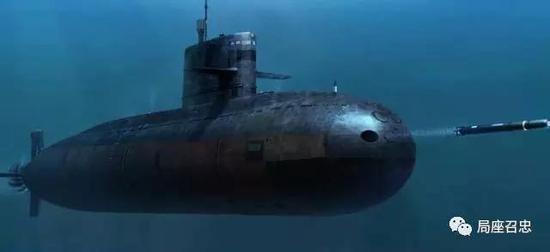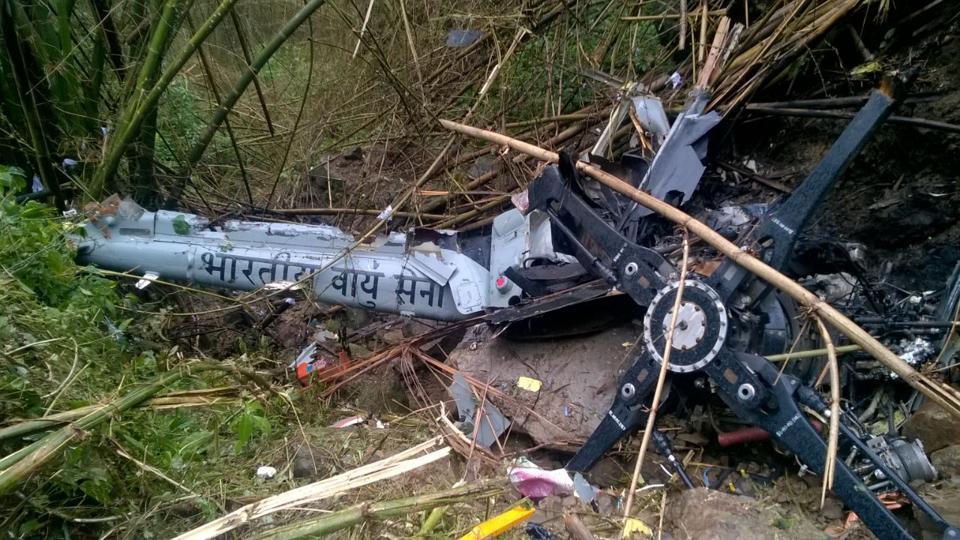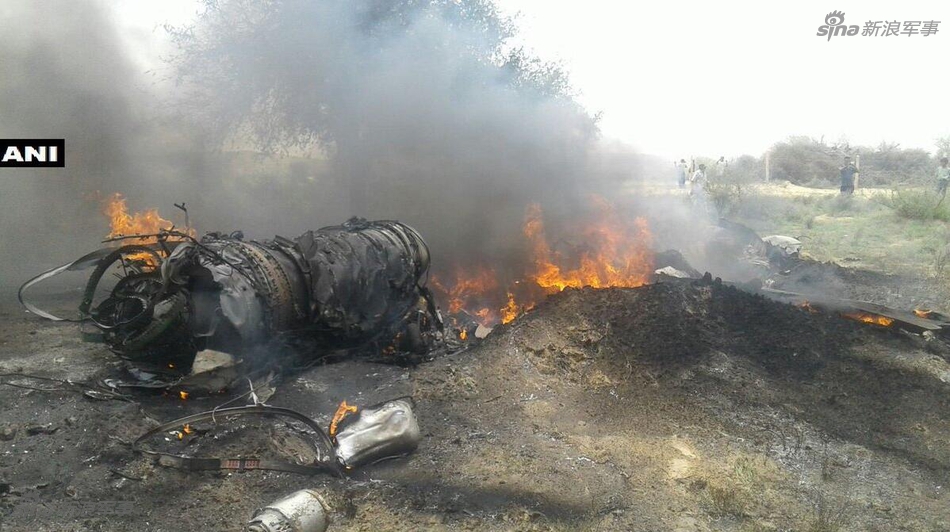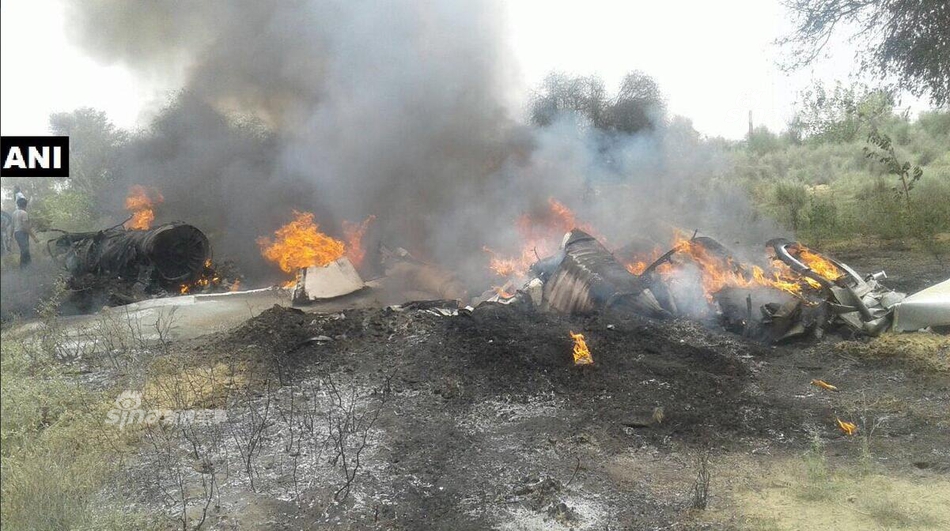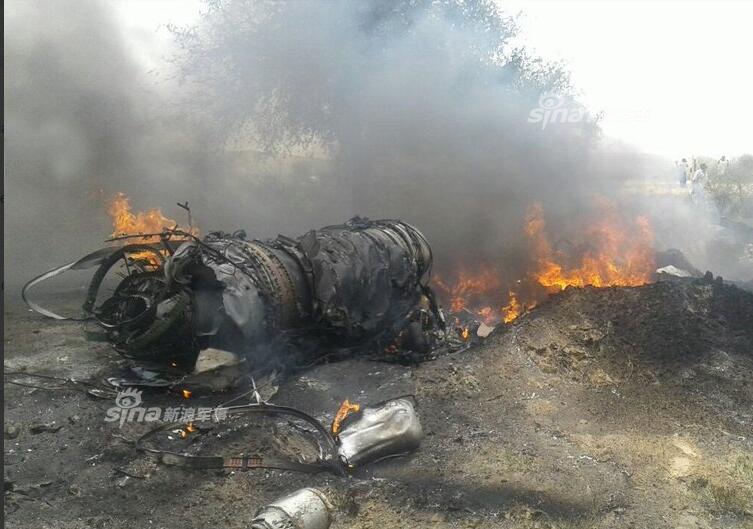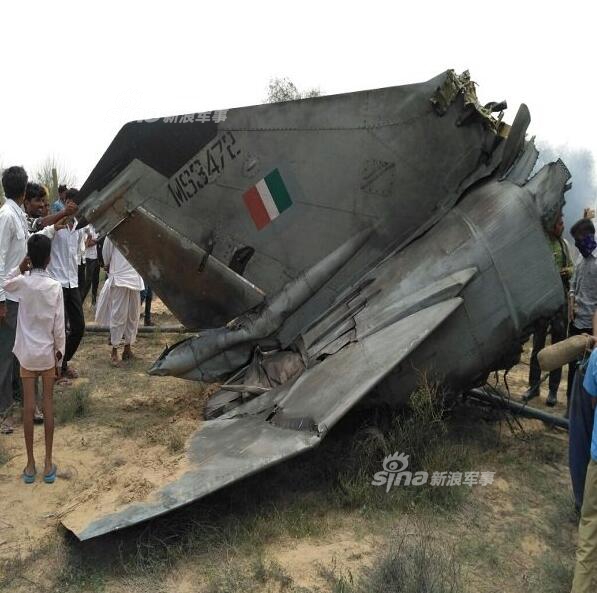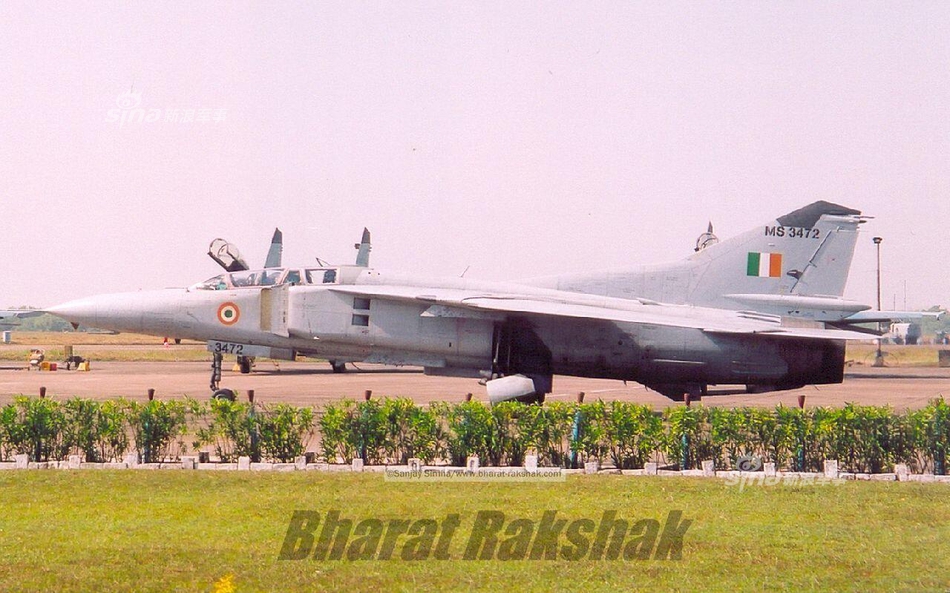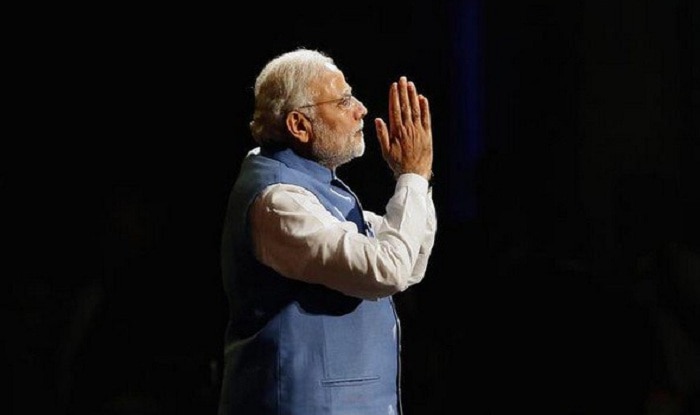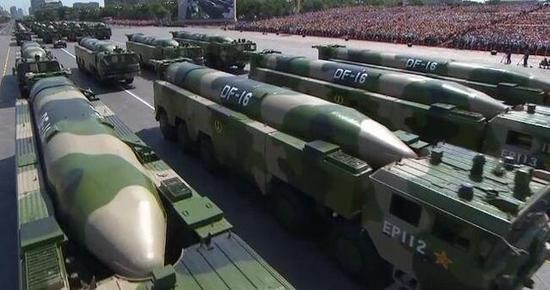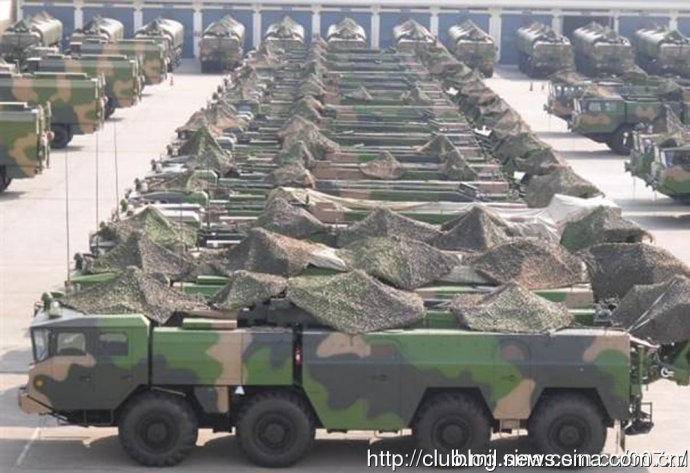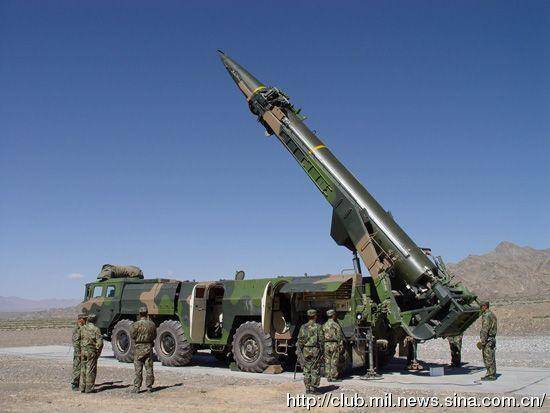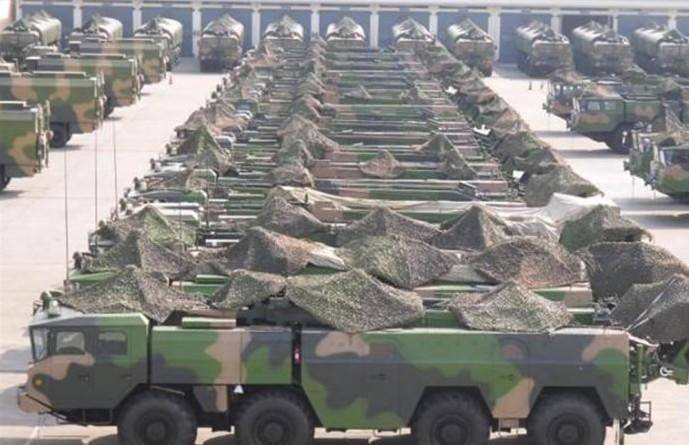http://time.com/4844804/china-india-border-sikkim-donglang/
Chinese Media Says India Needs to Be Taught a 'Bitter Lesson' Over Its Border Dispute
Joseph Hincks
Jul 05, 2017
An editorial that ran in China's Global Times Tuesday has ramped up the rhetoric in an ongoing military dispute along a portion of the Sino-Indian border.
The English-language Global Times is published under the aegis of the Chinese Communist Party mouthpiece, the People's Daily.
Under the headline, "India will suffer worse losses than in 1962 if it incites border clash" the newspaper said that New Delhi needed to be taught "a bitter lesson" for allegedly trespassing across the border in Sikkim border, known in China as Donglang.
The headline refers to the year China launched offensives against India in the Ladakh region.
“We firmly believe that the face-off in the Donglang area will end up with the Indian troops in retreat," the editorial said. "The Indian military can choose to return to its territory with dignity, or be kicked out of the area by Chinese soldiers.”
It continued: “The Chinese public is infuriated by India’s provocation. We believe the Chinese People’s Liberation Army is powerful enough to expel Indian troops out of Chinese territory.”
Willy Lam, a professor at The Chinese University of Hong Kong's centre for China studies, tells TIME that while hawkish editorials do not necessarily reflect the intention of the Chinese government, "this unusually pugilistic article [is] geared toward establishing the moral high ground for China."
It's unlikely Beijing would want to risk an accidental skirmish with India, let alone a full-fledged war similar to that in 1962 — particularly in the midst of North Korean missile tests and diplomatic tension on multiple fronts over maritime borders. Nevertheless, says Lam, "Xi wants to appear strong and "in control" in the run-up to a critical party congress scheduled for late autumn."
Related Content
Aviation
A Passenger Was Arrested for Attacking a Delta Flight Attendant
Delta Boeing 767-332ER
North Korea
How North Korea's ICBM Test Could Bring Negotiators Back to the Table
SEOUL: Reactions As North Korea Claims First Successful Launch of ICBM
China
China Says It Has Invited Foreign Physicians to Treat Imprisoned Nobel Laureate Liu Xiaobo
Nobel Prize Laureates Press Conference
http://www.newsweek.com/china-pakistan-military-tests-india-new-tensions-asia-633058
China and Pakistan Military Tests Flank India, Boost Tensions in Asia
By Tom O'Connor On 7/7/17 at 12:08 PM
World
Chinese Military
India
Pakistan
Kashmir
China and Pakistan this week each demonstrated their military might at a time of heightened tensions with neighboring India.
The Chinese and Pakistani governments have close military and economic ties, and both are involved in border disputes with India: The contested Kashmir region has been a flashpoint between India and Pakistan for decades, and claims over land on the Sino-Indian border have led to confrontation in recent weeks.
China’s decision to carry out live-fire military drills near its border region of Tibet nearly coincided with Pakistan’s test launch of a nuclear-capable missile this week.
Daily Emails and Alerts - Get the best of Newsweek delivered to your inbox
Related: Russia and NATO war games in Europe see new player: China
“We have repeatedly said the Indian troops...illegally crossed the delimited Sikkim section of the China-India boundary mutually recognized by the two sides,” a spokesman for China’s foreign ministry, Geng Shuang, said Thursday during a routine press briefing.
“That is essentially different from the previous border frictions and stand-offs between the two border troops in undefined areas,” Shuang said. “India’s trespass into China’s territory has changed the status quo which can only be recovered when the Indian side withdraws.”
RTX32BL3 Chinese troops take part in the Pakistan Day military parade in Islamabad, March 23. China and Pakistan already host strong economic and military ties, but mutual rivalries with neighboring India may promote even closer cooperation. Faisal Mahmood/Reuters
Shuang’s comments referred to an incident last month when China said Indian soldiers crossed the international boundary between the Indian state of Sikkim and the Chinese region of Tibet, sparking a verbal dispute. India has since accused China of compromising the security of nearby Bhutan, an ally of India’s, by constructing roads close to the border region shared by the three nations. China has dismissed these claims and has, in turn, accused India of militarizing its side of the border, Reuters reported.
Amid the heightened tensions, The Global Times, a nationalist outlet aligned with China’s ruling Communist Party, urged Beijing to "reconsider its stance" over its recognition of Sikkim as an Indian state, which China only recognized in 2003, The Hindustan Times reported. Indian concerns were exacerbated by China’s recent live-fire drills in the mountainous border region. The exercises were reportedly intended to test the high-altitude capabilities of its new Type 96B tank and assess “battlefield environment analysis, combat operations command, combat coordination and other real combat and live-fire shooting training,” according to a report published by China’s state-run Xinhua News Agency and translated by the Times of India.
While India deals with military tension on its far eastern border, it was called out by name by its northern rival, Pakistan, which has been independent from India since 1947 and since that time has fought four wars with its longtime foe. One of the most contentious disputes is over the territory of Kashmir, which lies on Pakistan and India’s mutual border and has been the source of a number of violent and even fatal incidents over the decades.
Escalations between Pakistan and India risk far-reaching consequences, because both countries possess nuclear weapons and neither is a signatory to the Treaty on the Non-Proliferation of Nuclear Weapons. Earlier this week, one of Pakistan’s top generals flaunted his country’s defense capabilities by testing an advanced version of its surface-to-surface, nuclear-capable NASR missile and dismissing India’s so-called Cold Start doctrine of preventing a Pakistani nuclear attack through conventional preemptive strikes.
RTX32C1O Pakistani military personnel stand beside a short-range NASR surface-to-surface ballistic missile during the Pakistan Day military parade in Islamabad, March 23. Pakistan tested its high-precision, nuclear-capable projectile amid a heated spat between China and India, July 5. Faisal Mahmood/Reuters
“NASR has put cold water on Cold Start,” Pakistani Chief of Army Staff General Qamar Javed Bajwa told troops with the Army Strategic Force, according to a press release issued Wednesday. It added that Pakistan did not seek war but only to protect against “a highly militarized and increasingly belligerent neighbor.”
Both China and Pakistan have called for peace in the region and displayed aversion to instigating a wider regional conflict. Since 2013, the two countries have embarked on creating the China-Pakistan Economic Corridor, a multibillion-dollar project designed to improve trade infrastructure between the nations. The project corresponds with China’s greater Belt and Road Initiative, which seeks to reestablish and expand historic land and sea trading routes through Asia to the Middle East, Europe and Africa.
China’s decision to include Pakistan as a hub for this initiative has the potential to make the South Asian country a global economic leader, according to experts cited in The Express Tribune, a Pakistani outlet affiliated with The New York Times.
